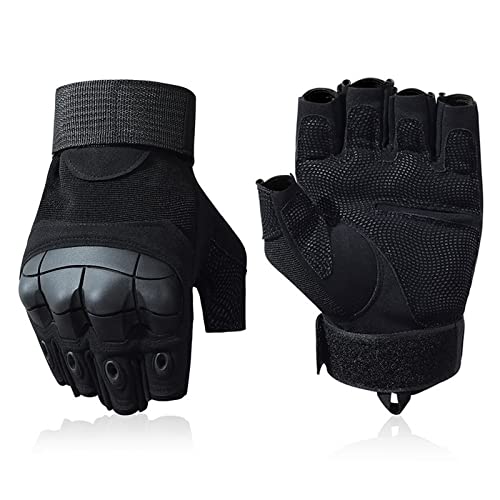MrZappo
Can we please go riding now ?
Why not just run good quality detergent fuel from a top tier manufacturer ?
https://www.toptiergas.com/
Has anyone ever really had a measurable difference using this stuff ? I would love to see the results.
https://www.toptiergas.com/
Has anyone ever really had a measurable difference using this stuff ? I would love to see the results.



















































![fjackets Real Lambskin Leather Biker Jacket — Quilted Cafe Racer Zip Up Moto Mens Biker Jacket | [1100115] Johnson Ruboff, XL](https://m.media-amazon.com/images/I/41Pgh1CH-jL._SL500_.jpg)